Peak Charles NP, WA

Days 44-45: 18th-19th October
(7924km)
With the exception of Stirling Range NP, all of the natural places we have visited to date in WA have been coastal or near-coastal.
Our route back home from Esperance to the Eyre Highway takes us inland. We decided a while back to spend some time in a very different region on this stretch of the journey - the Great Western Woodlands (GWW).
According to a Wikipedia entry, “the GWW is the largest and healthiest temperate (Mediterranean climate) woodland remaining on Earth. It covers almost 16,000,000 hectares, a region larger in size than England and Wales. The vegetation in this region is botanically diverse, and ranges from mature eucalypt woodlands dominating the landscape, interspersed with large areas of mallee, shrublands and grasslands.”
The GWW lies between the Wheatbelt on the west and the Nullarbor Plain on the east and extends to the mulga scrublands north of Kalgoorlie.
By Vivi Lins [CC BY-SA 4.0 (https://creativecommons.org/licenses/by-sa/4.0)], from Wikimedia Commons
Our chosen destination was Peak Charles National Park - a 400 square km patch within the vast GWW region. The park campground is conveniently located just 45km from the highway we followed north from Esperance to Norseman.
However the road into the park is not exactly 4 lane blacktop.
Lots of corrugations, some sandy patches and the odd pothole.
Perfectly navigable for the Tiguan but it did take us a good hour and a half to drive those 45km.
The vegetation flanking the road is beautiful, consisting mainly of mallee and low shrublands. Many of the forbs and bushes were in flower.
The park’s namesake, Peak Charles, is pretty obvious from a long way off - like, 50km away! This is a 651m high granite peak, standing majestically above the surrounding pancake-flat countryside.
Peak Charles is in the centre of the image. The peak to the left, in the background, is Peak Eleanora.
Like most things, Peak Charles gets bigger as you get closer.
It’s a pretty awesome sight looking up from the base.
After consulting the national parks brochure, we decided to forego the option of climbing to the top.
Quote “You must be able to lift your own weight and use foot and hand placements in crevices to pull yourself up. There are no markers and you must be able to find and assess appropriate hand and foot holds. The descent requires crab crawling on your hands and feet with your back to the rock and sliding down short steep sections.”
We’ve done stuff like that in the past, but not for a few years…
While Peak Charles NP is small compared to the whole GWW, the view of the park stretching to the horizon from the base of the peak is still impressive.
The vegetation around Peak Charles is a mixture of shrub and low mallee eucalypt trees, dominated by two species - Eucalyptus eremophila (Sand Mallee) and a white-blossomed eucalypt, which we haven’t identified yet.
This habitat supports many different species of birds. In just a few hours of birding, we sighted 28.
Nine of these species were honeyeaters - Brown, Yellow-plumed, Tawny-crowned, White-fronted, White-eared, White-cheeked, New Holland, Purple-gaped and Red Wattlebird. It’s not hard to understand why, given the profusion of eucalypt blossom here.
The Purple-gaped Honeyeater was a special treat - and a lifer for us! We managed to get great views of a pair constructing a nest - less than a metre off the ground, hidden in the middle of a low eucalypt bush. They would fly off to nearby trees and bushes where they gathered spider webs, which were woven into the nest. They were so intent on their task that they pretty much ignored our presence. This gave us a chance to get a really up-close view of them. I now understand why they are called Purple-gaped!
We also saw a couple of nice reptiles. A Sand Goanna, Varanus gouldii gouldii, crossed the road on our drive out.
And while I was sitting in the Cub, this fellow slithered across my field of view.
I grabbed a quick insurance shot with my iPhone as I called out to Kerri.
Fortunately, it - a 1 metre long Western Brown Snake Pseudonaja mengdeni (Gwardar) - wasn’t in a big hurry to get away. So we managed to get great views of it searching the campsite for breakfast.
A wonderful environment and we’d loved to have stayed longer. But we need to push on. The Nullarbor beckons!
LIFERS at Peak Charles NP: first ever sightings of this bird species
Purple-gaped Honeyeater

![By Vivi Lins [CC BY-SA 4.0 (https://creativecommons.org/licenses/by-sa/4.0)], from Wikimedia Commons](https://images.squarespace-cdn.com/content/v1/58ec80a8d2b857fe42e4f603/1540073618374-H3994SCP5QJDOFSPAGAN/Great_Western_Woodlands_location_within_Australia.jpg)













































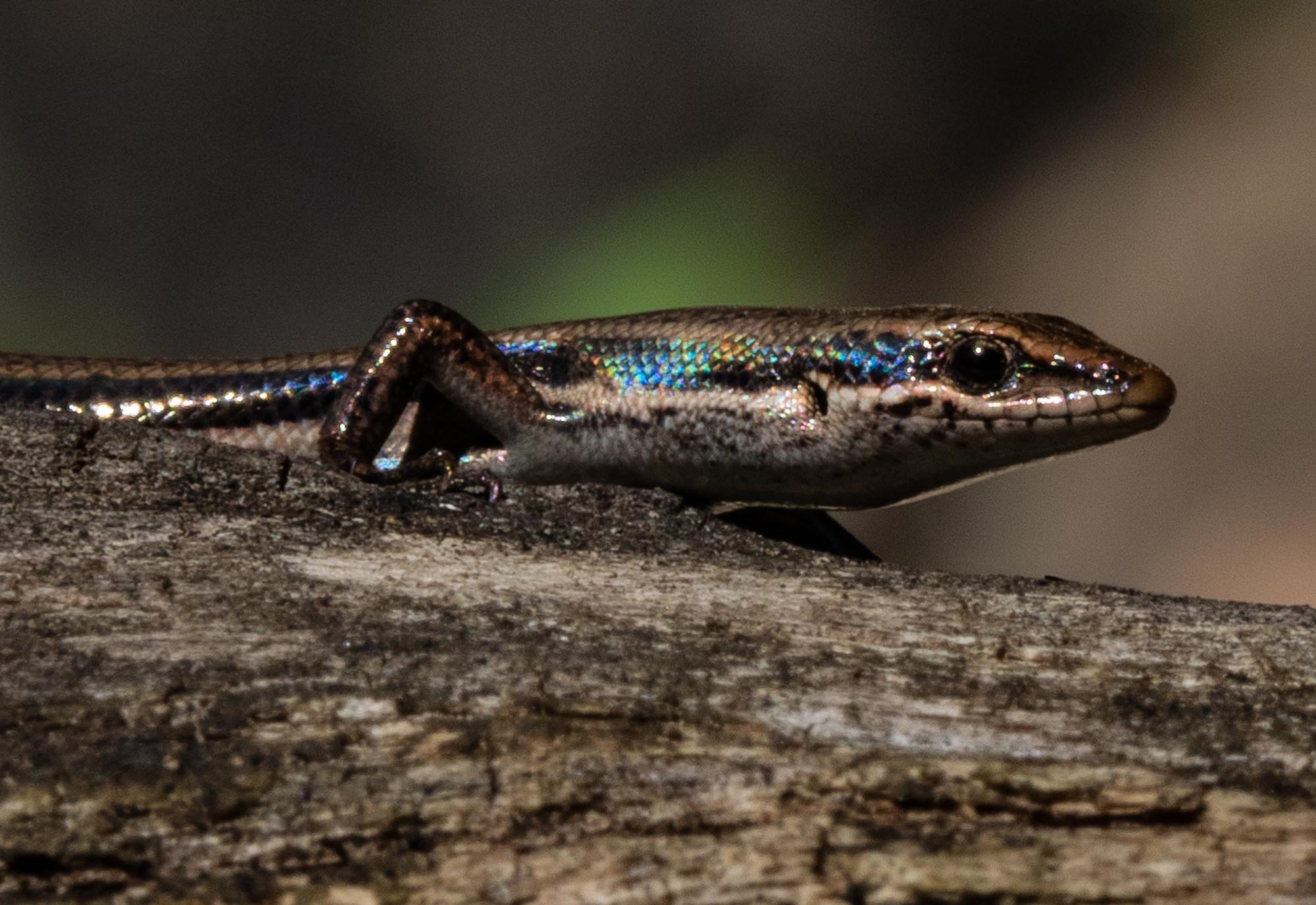
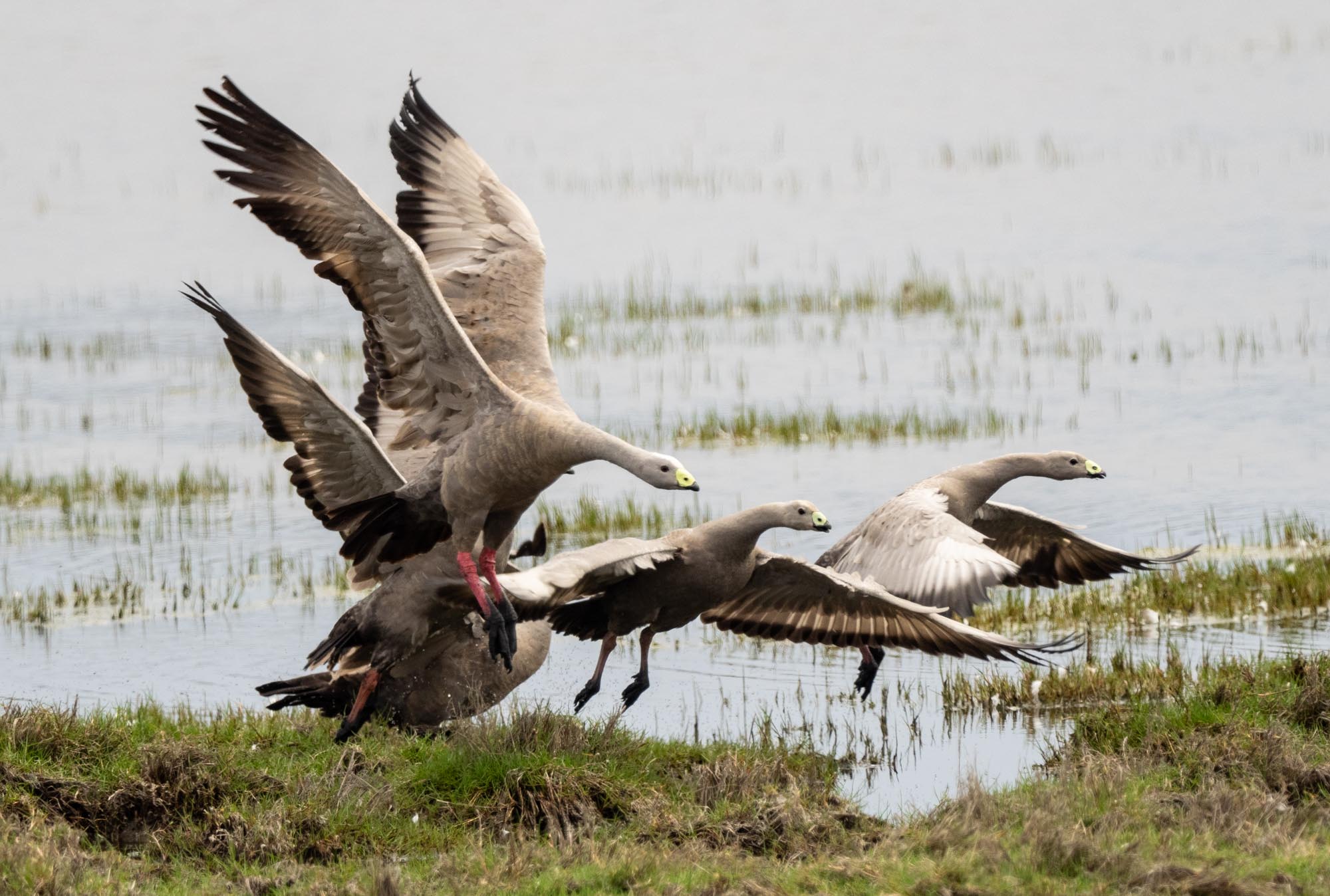


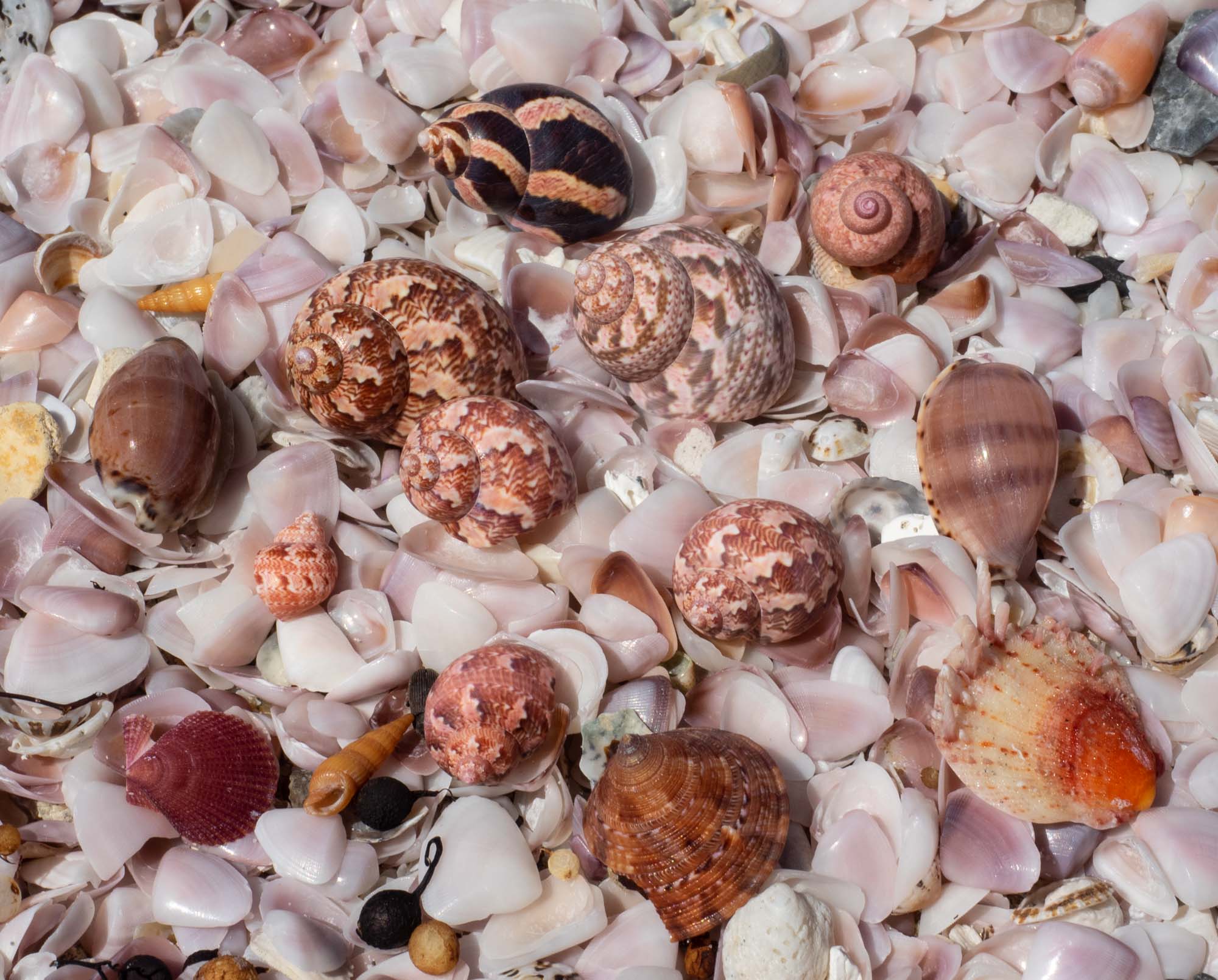
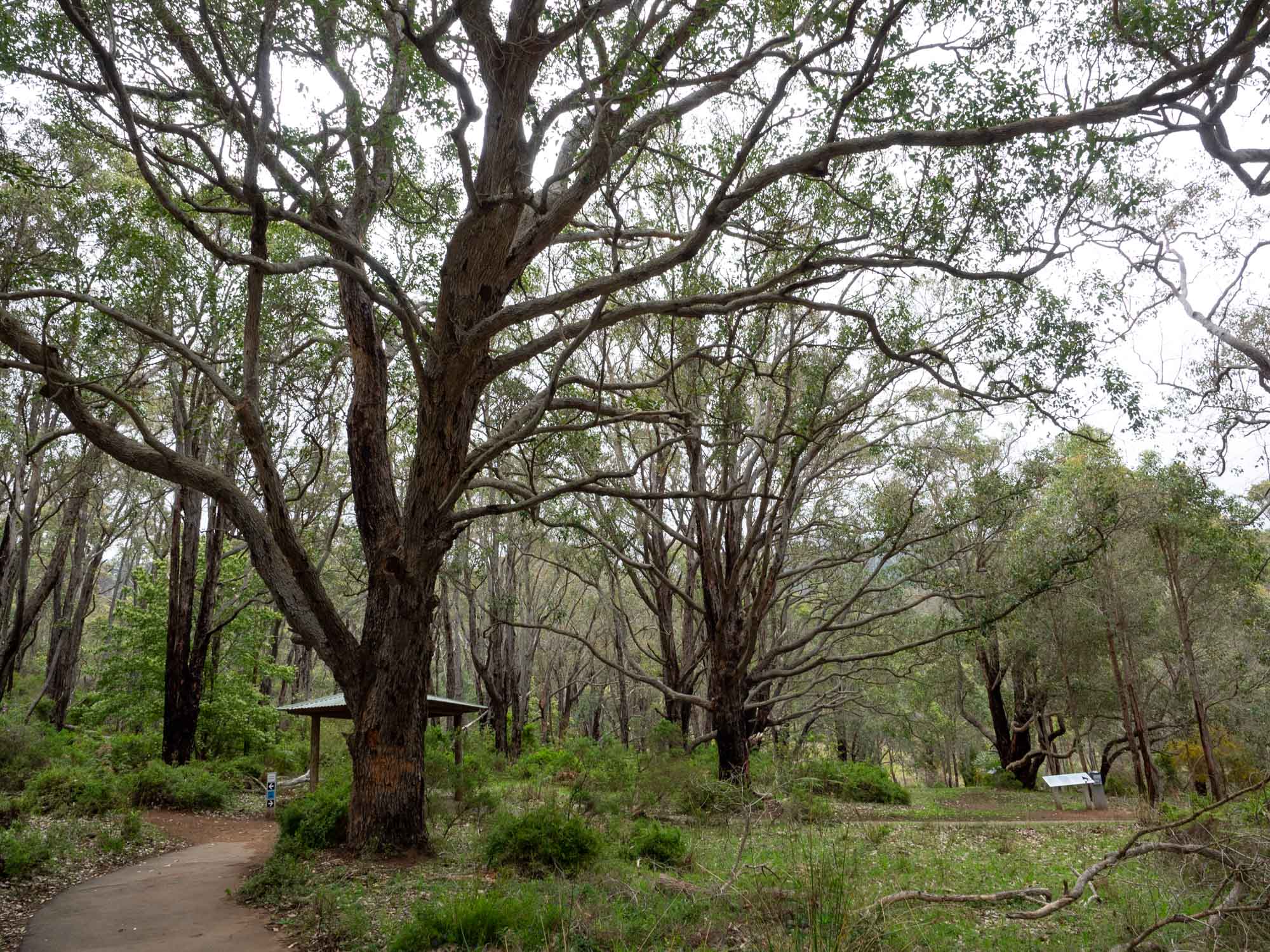
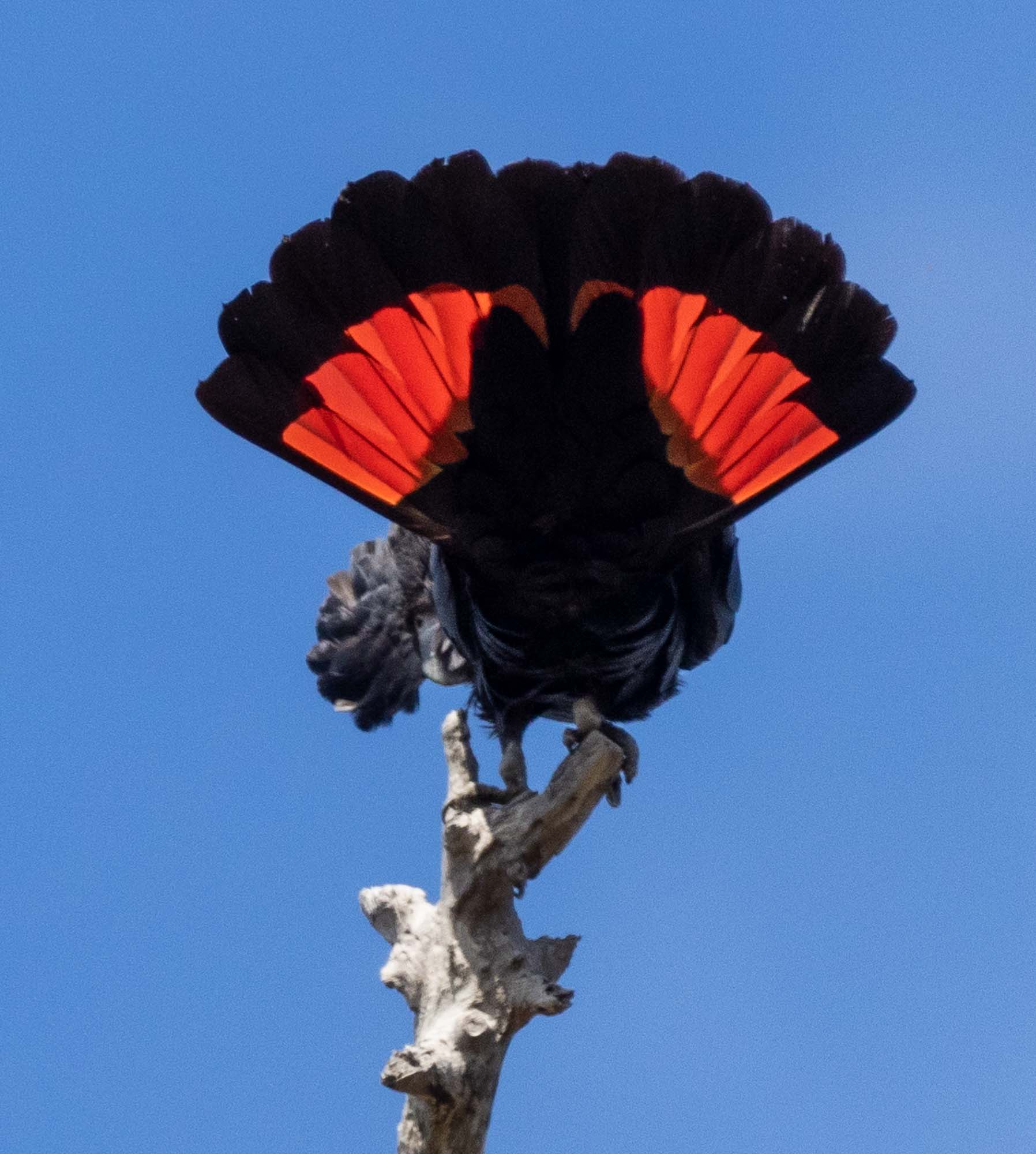

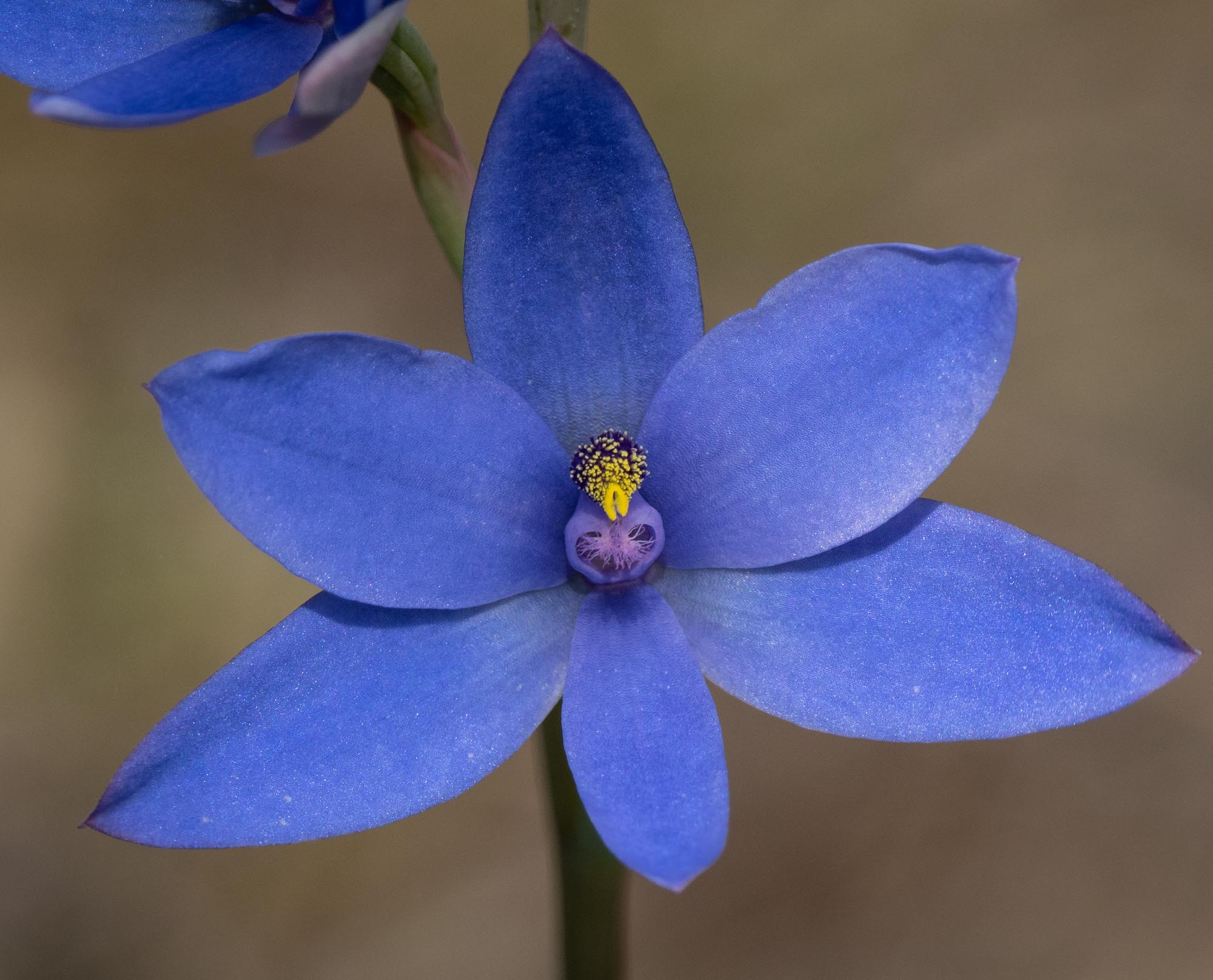
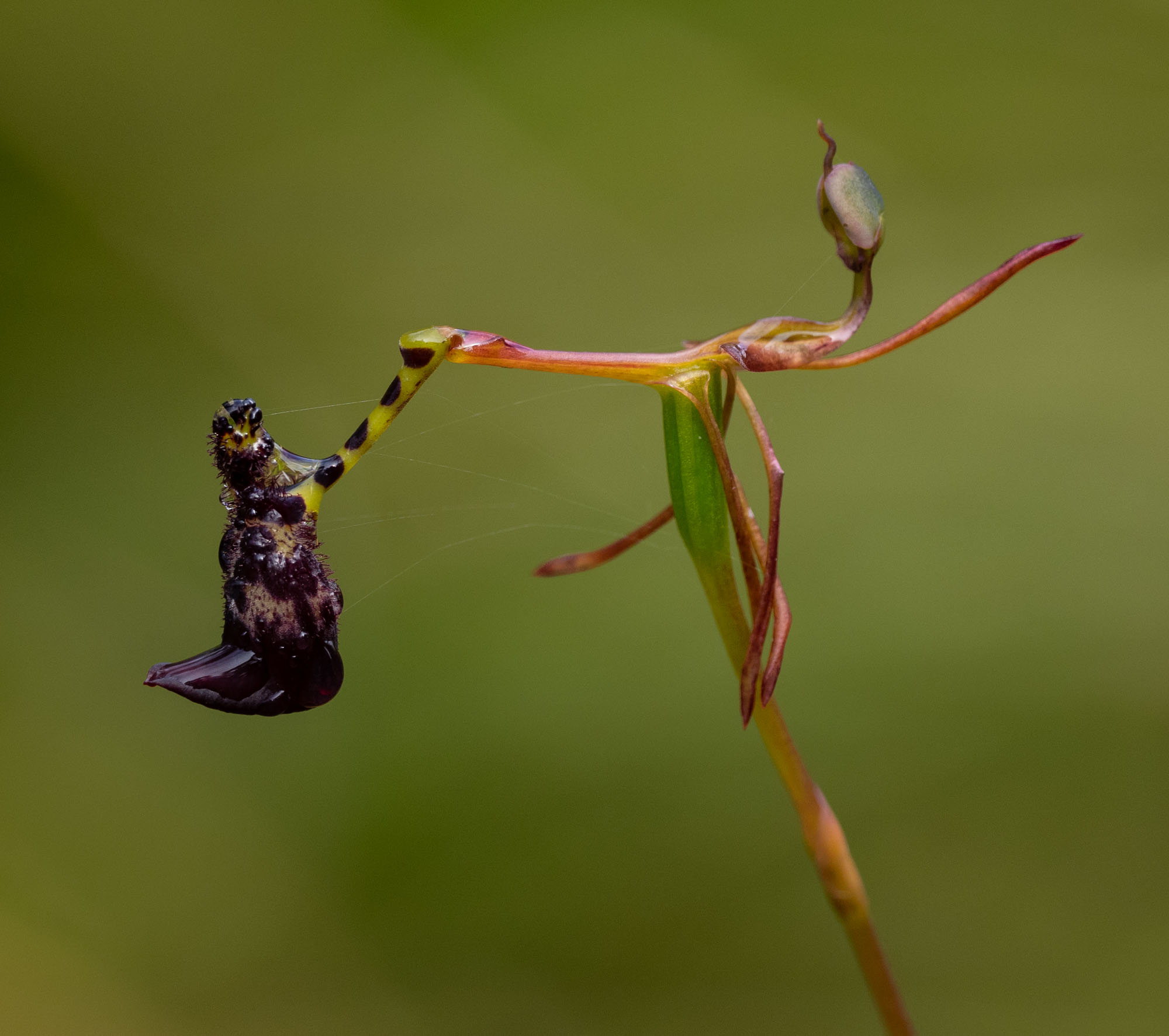
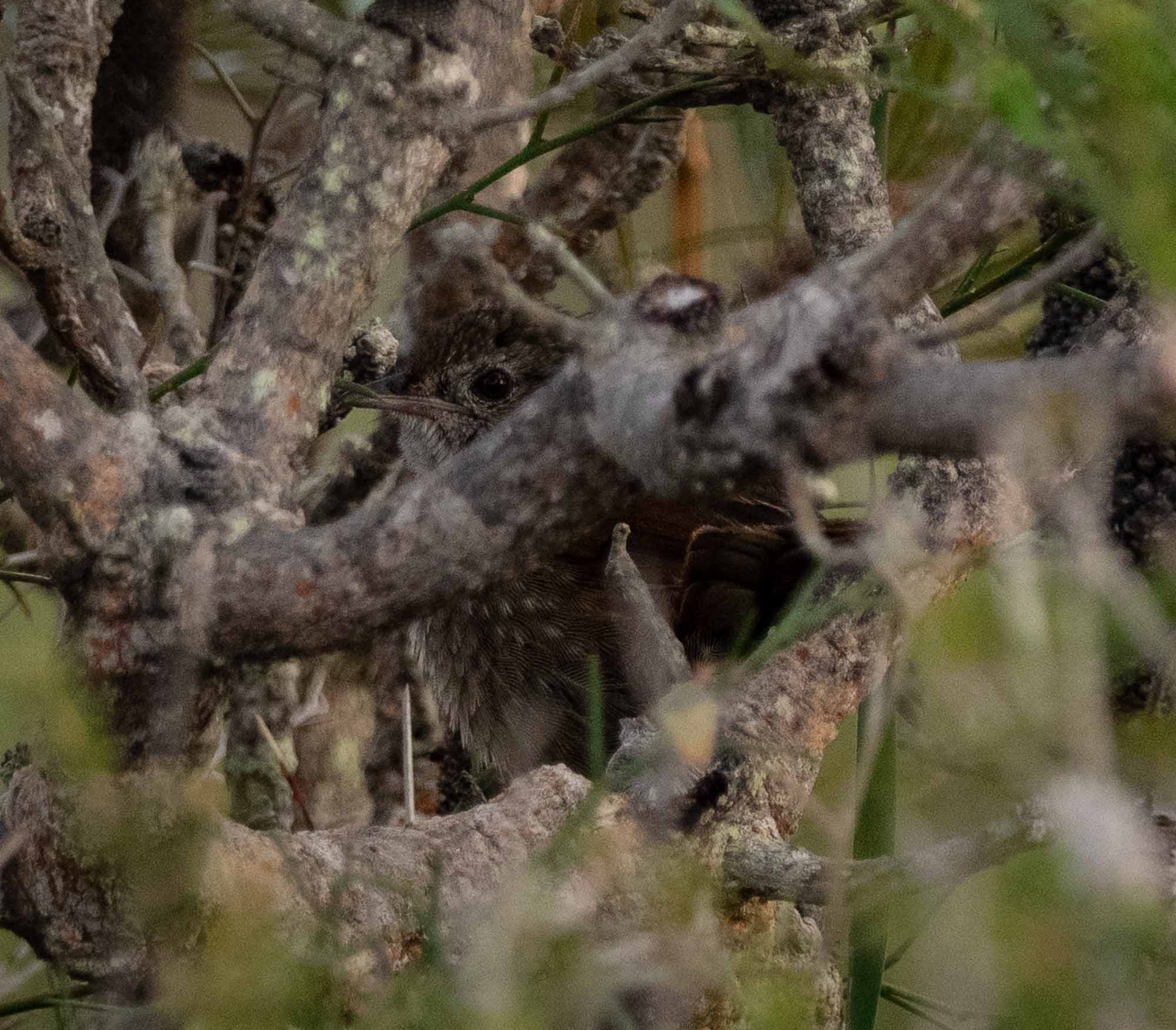


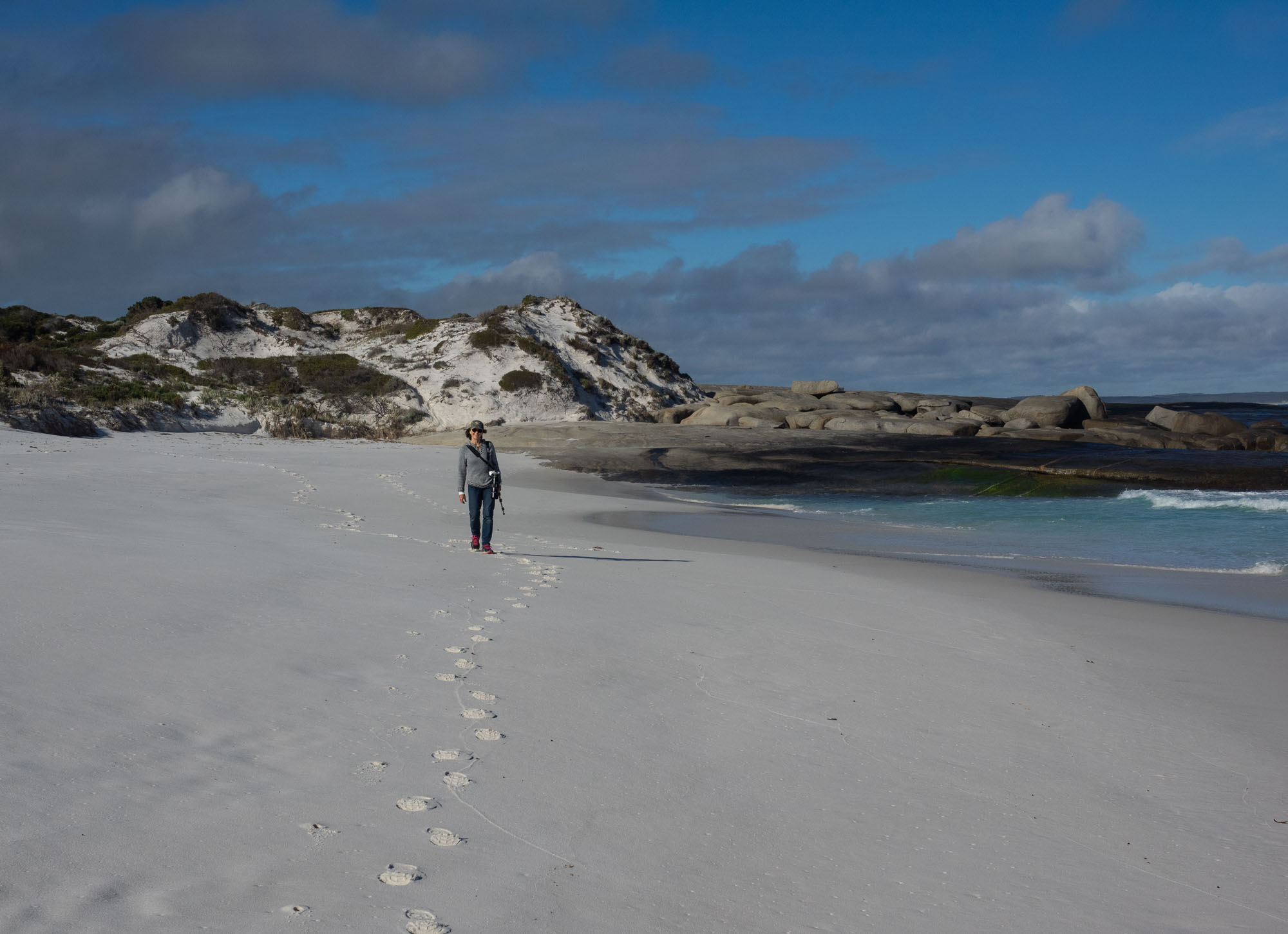
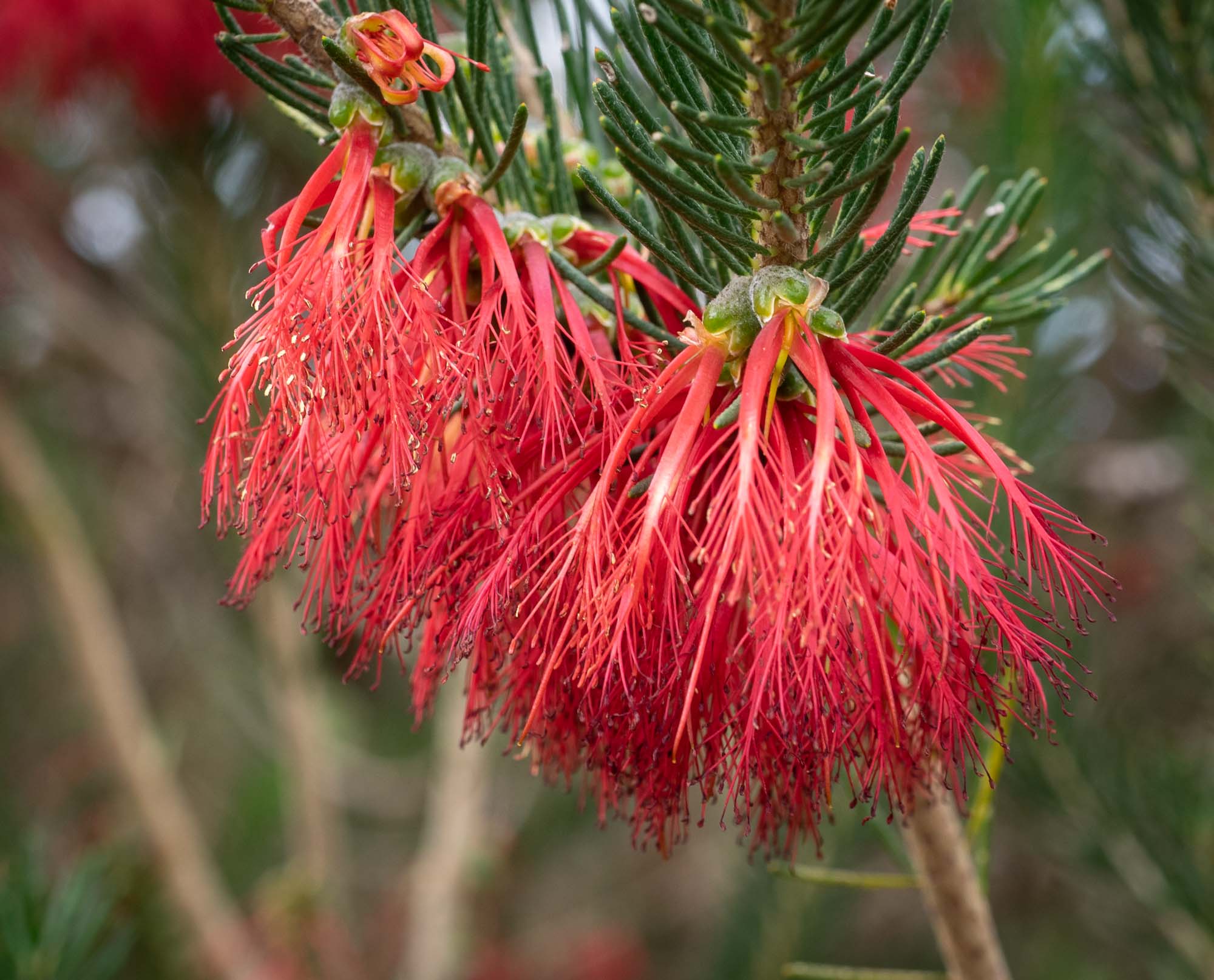
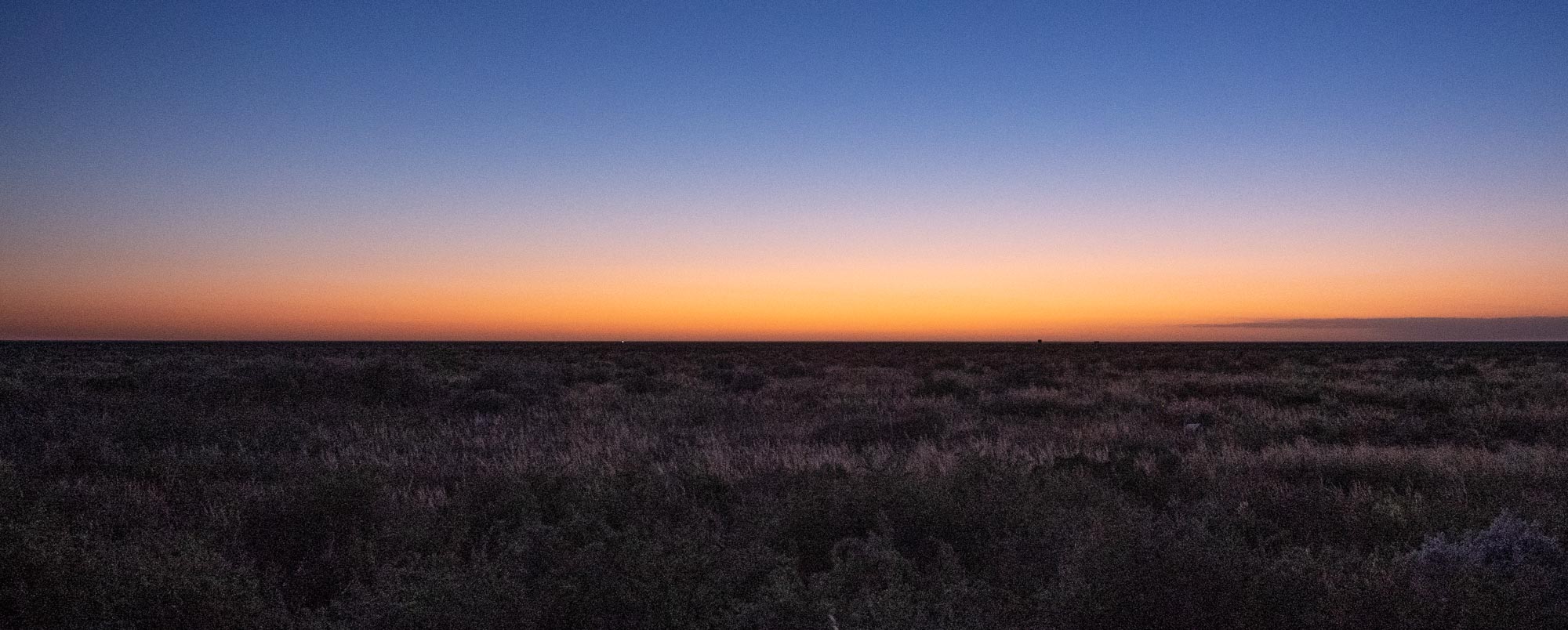
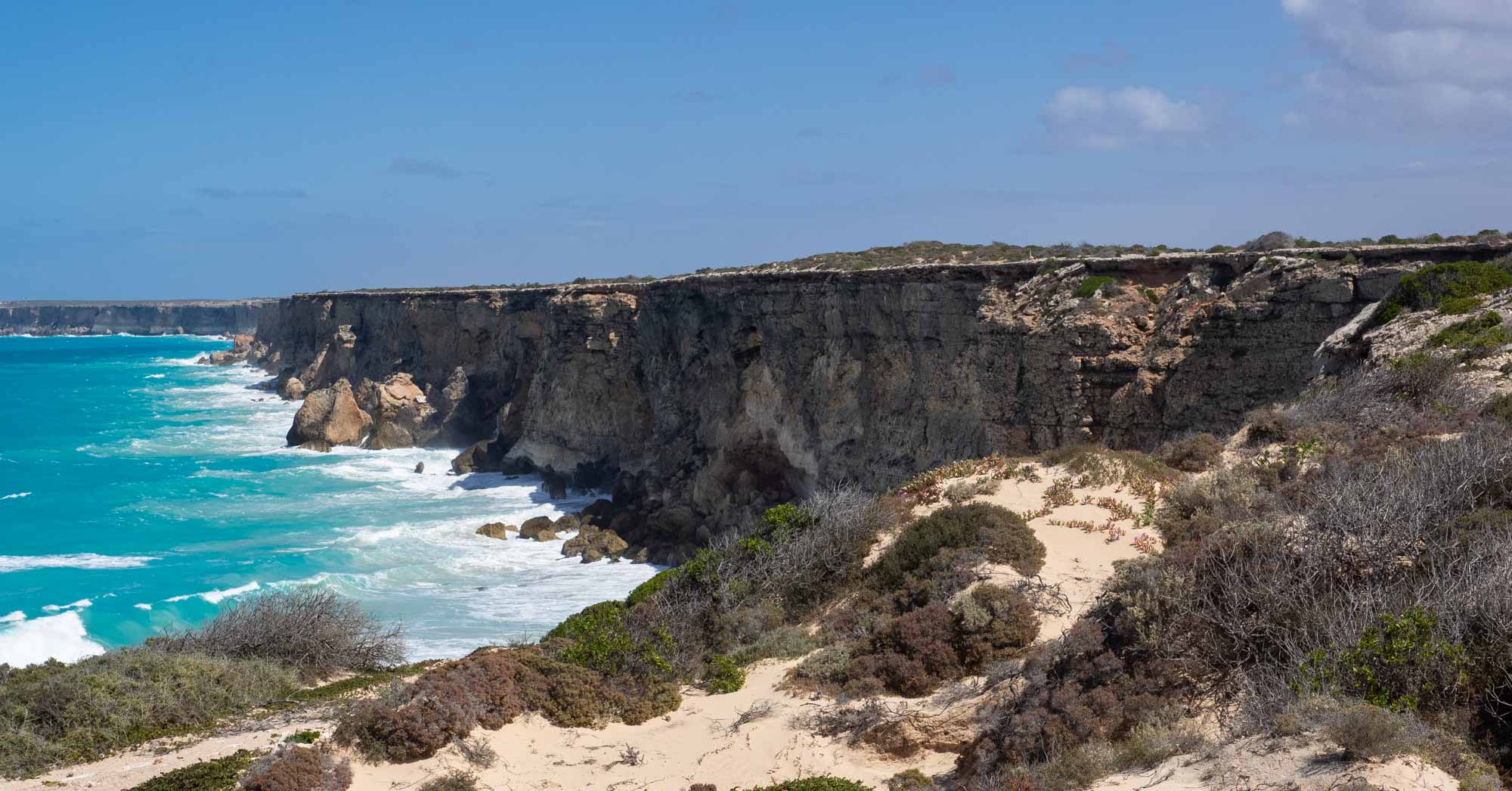




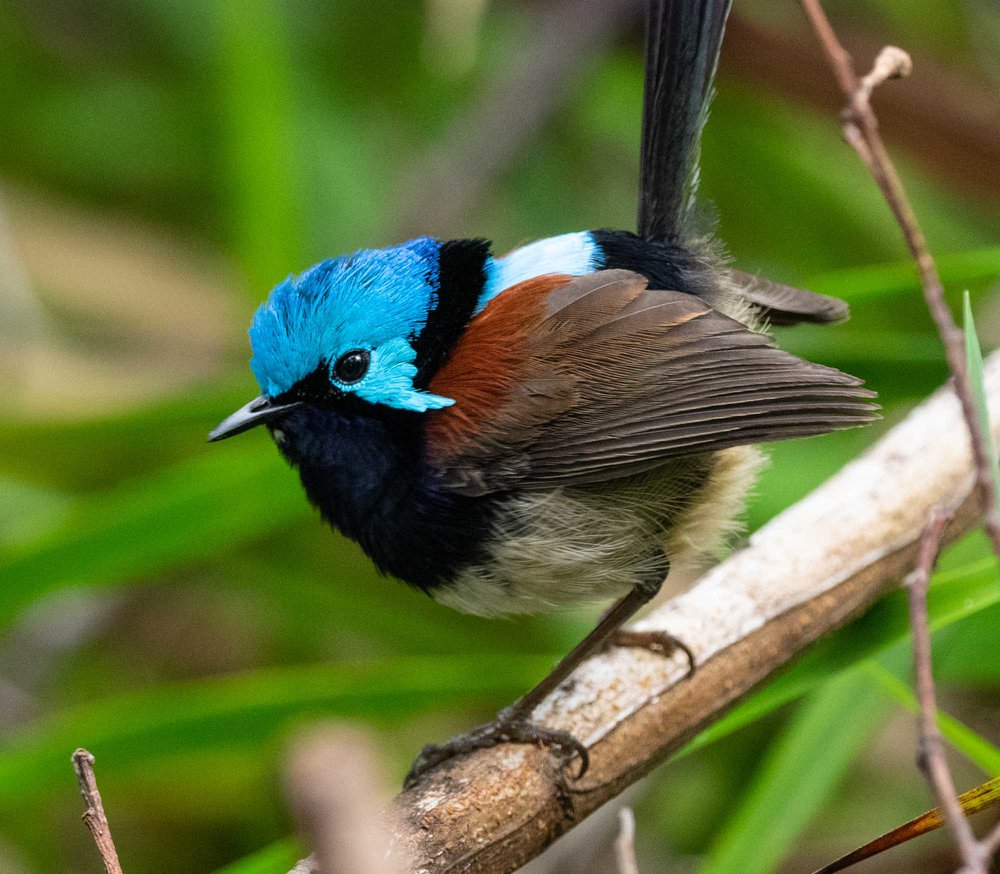
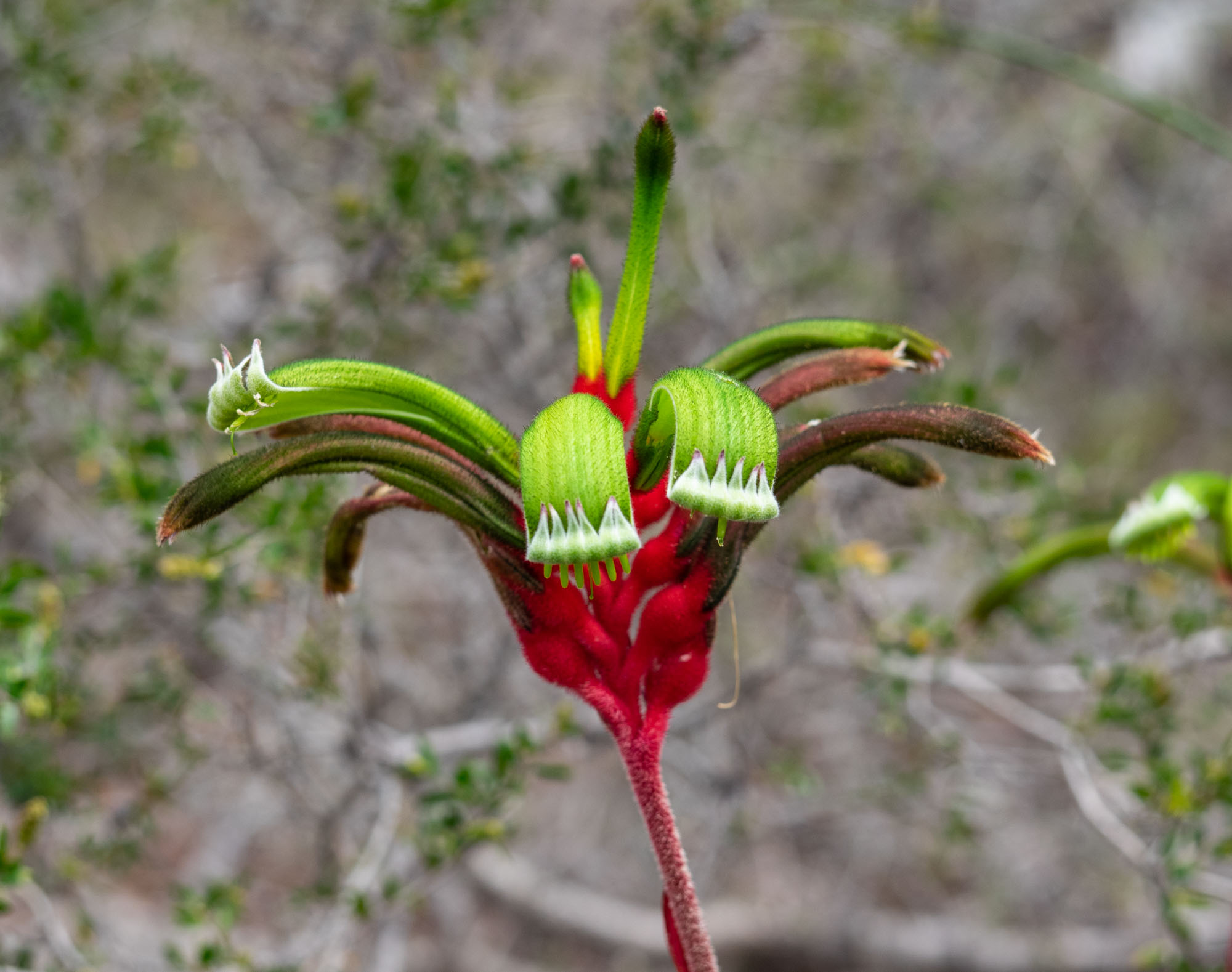
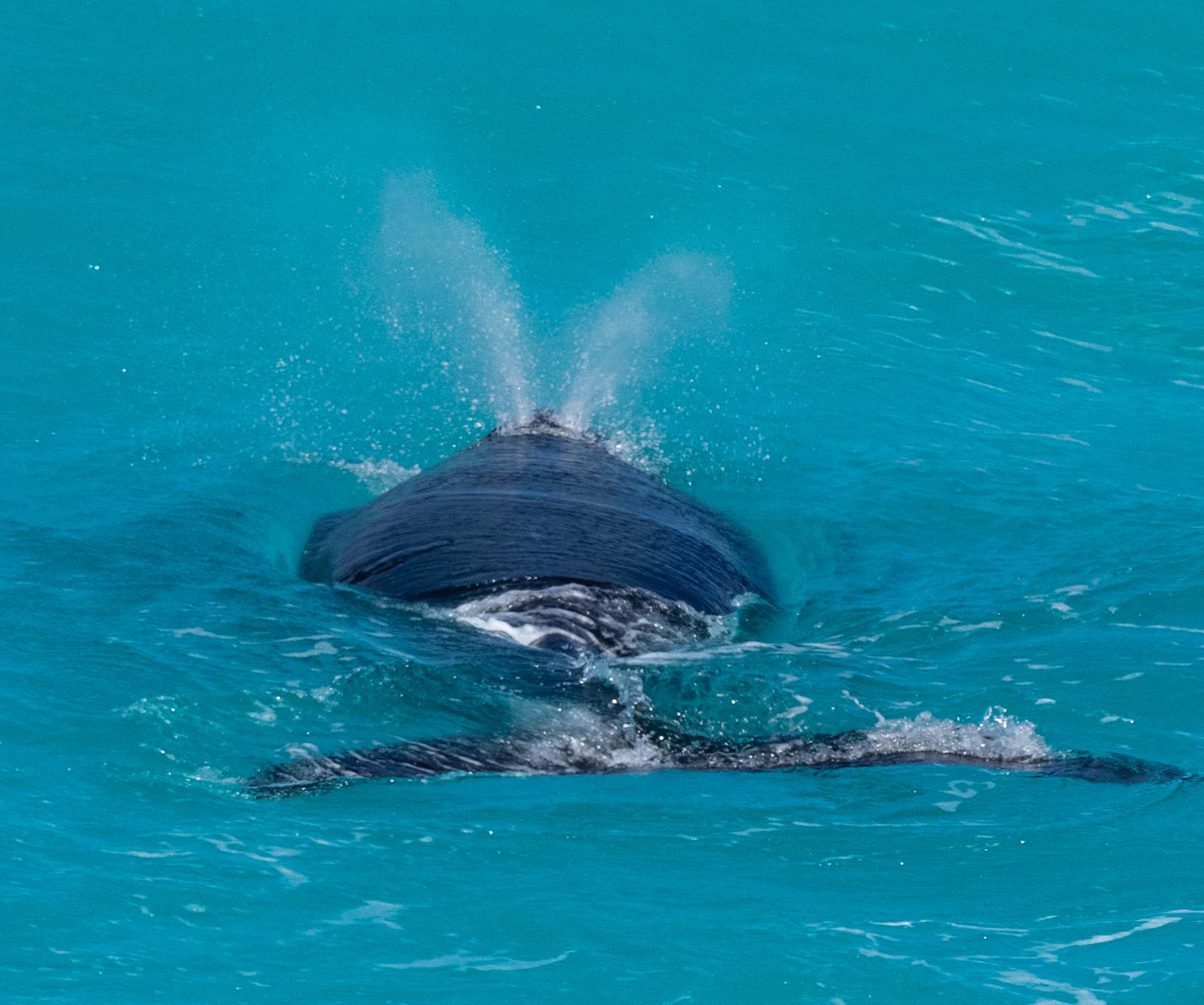
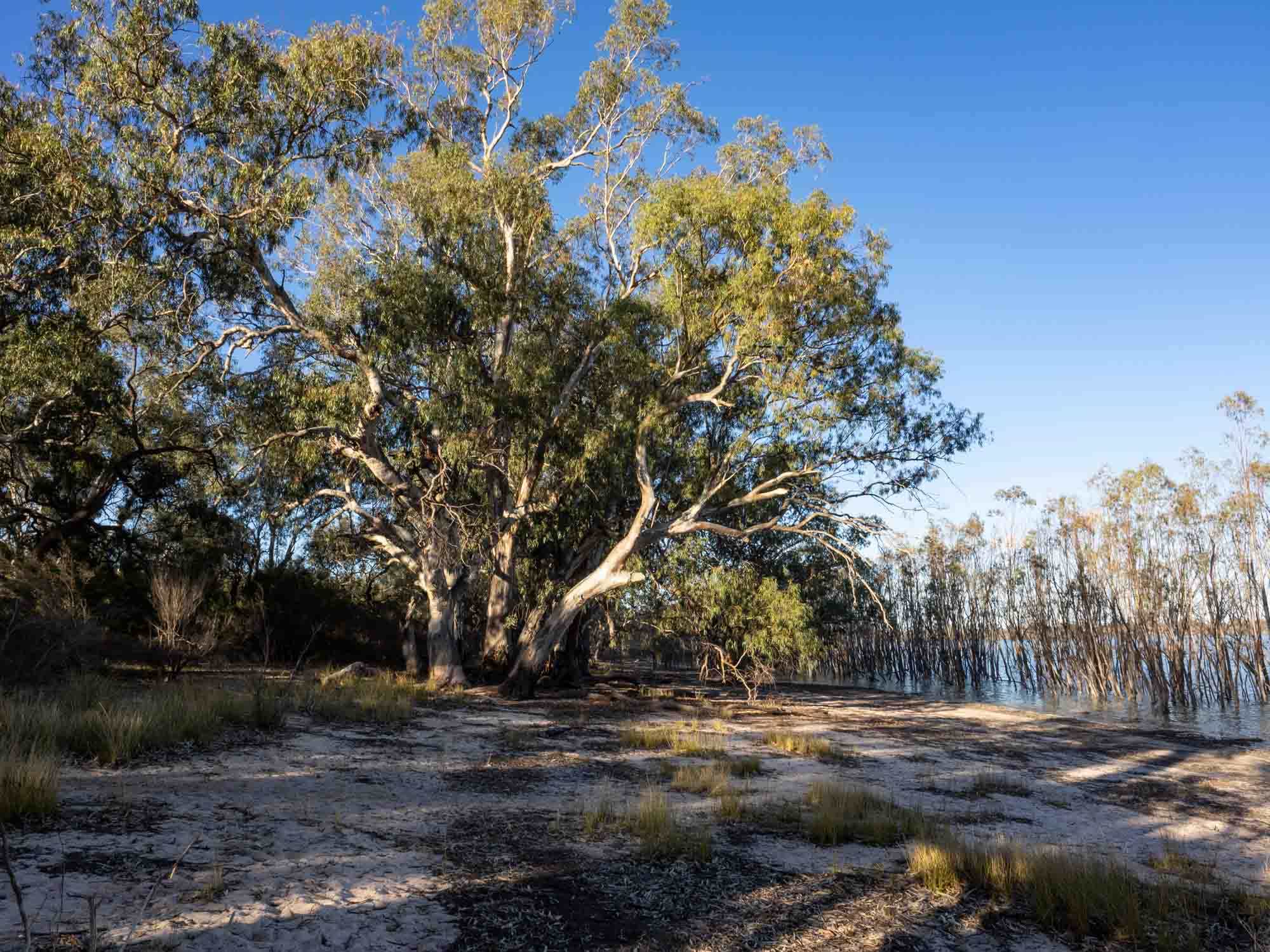
31st October - 4th November: my final post, as we head towards Melbourne.